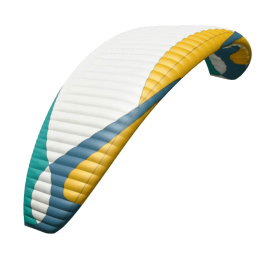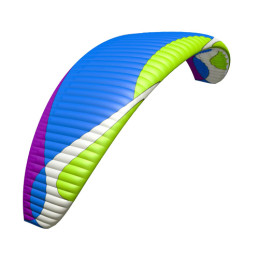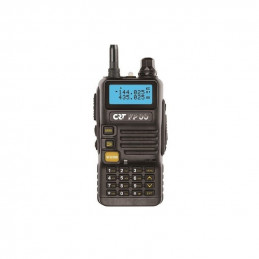To improve your paragliding ease and be one with the machine, you have 2 tools: floor inflation and piloting courses in a secure environment. The essential inflation will allow you to transform your wing into an extension of your body, just as you do not think when you drive your car.
1. Improved ease at take-off
Takeoff is a key phase in paragliding, and controlled inflation is crucial for a successful take-off. By practicing floor inflation, you perfect your technique, whether in inflation facing the sail or back to the sail. This training allows you to adjust your position, manage suspension traction and anticipate wing reactions, even in windy conditions. These gestures become more fluid with practice, reducing stress and increasing your confidence for serene takeoffs.
2. Improving your connection with sailing
Floor inflation helps you develop an intuitive relationship with your veil, transforming it into a natural extension of your body. By manipulating the wing on the ground, you learn to feel its movements, interpret its reactions to the wind and adjust your gestures with precision. This deep connection allows you to anticipate the behavior of the sail in flight, strengthening your control and harmony with the equipment.
3. Learning and improvement of turbulent air piloting
Practicing ground inflation in various conditions, especially with irregular winds, simulates the challenges of turbulent air. By learning to stabilize the wing in the face of gusts or changes in wind direction, you develop essential reflexes to manage turbulence in flight. This exercise refines your ability to quickly correct wing movements, a valuable asset for safely sailing in unstable conditions.
4. Ease in slope flight in sustained wind
Floor inflation effectively prepares for slope flights in sustained winds. By training to keep the wing stable and control its traction in strong winds, you gain ease in managing takeoffs and flights in demanding conditions. This practice allows you to approach windy slopes with confidence, by better anticipating the effects of the wind on the wing and reducing the risk of errors.
5. Maintain your skills off-season
When weather conditions or the season limit flight opportunities, ground inflation is a great way to maintain your skills. A few hours spent working on your technique on adapted terrain allows you to stay connected to your equipment and keep your reflexes sharp. This regular training, even out of season, ensures that you will remain efficient and comfortable on your next flights.
Conclusion
Floor inflation is a pillar of paragliding progress. By improving your take-off ease, strengthening your connection with sailing, perfecting your piloting in turbulent air, preparing you for slope flights in sustained wind and maintaining your off-season skills, this practice makes you more confident and competent. Take your sail, find a suitable terrain and take advantage of the floor inflation to make your wing a real extension of yourself!

















